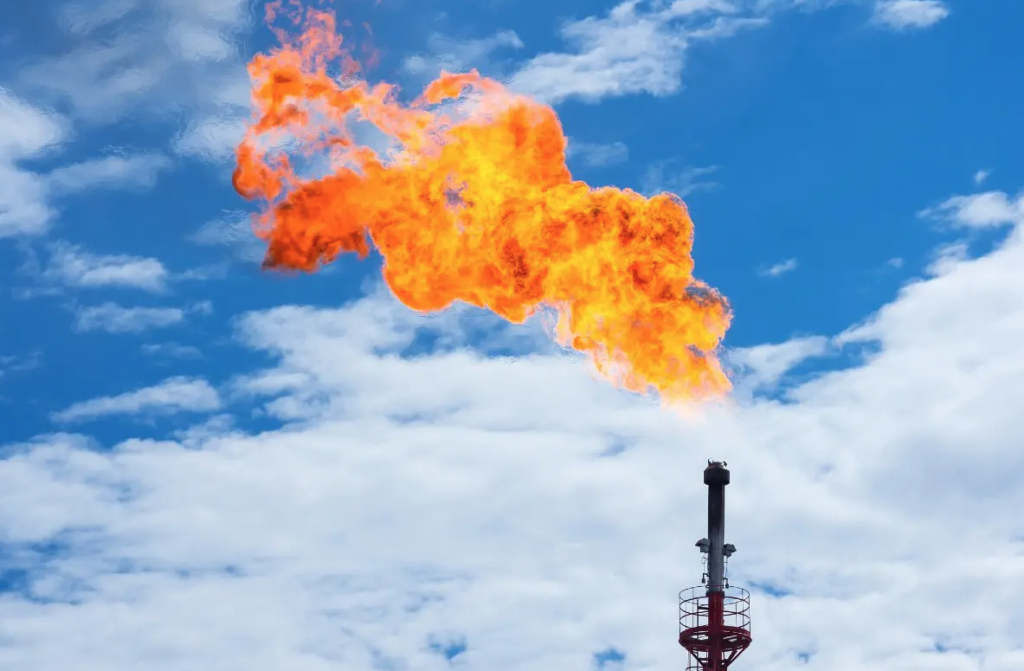In 2022, the Asian country generated 366 MtCO2eq only from the two main gas fields
(sustainabilityenvironment.com) – While the European Parliament is trying to apply the new rules to cut methane emissions to imported gas from abroad (the EPP is rethinking), satellite monitoring reveals the huge plumes of CH4 that are released from the mining sites in Turkmenistan. The Asian country is one of the potential new energy partners on which Europe has focused its eyes to say goodbye to Russian gas. But in 2022 its gas extraction polluted almost as much as Italy in a year.
How much do Turkmenistan’s methane emissions weigh?
According to data collected by Kayrros and published exclusively by the Guardian, the western gas basin of Turkmenistan, overlooking the Caspian Sea, totaled 2.6 million tons of methane in 2022. In the same period, the country’s other large gas basin, the eastern one, lost at least 1.8 million tons of CH4. Since methane is a gas with a climate-altering power 82.5 times higher than that of CO2 in the first 20 years in the atmosphere, the greenhouse gases emitted are equal to 366 million tons of CO2 equivalent.
Read also Methane emissions: 135 million tonnes for the energy industry
Where does all this methane come from? In part it is thought that such copious emissions come from the transition from flaring to venting. With flaring, excess methane is burned and released into the CO2 atmosphere. The process has less environmental impact but is easily monitored. With venting, however, the methane is released directly, which is invisible and, until recently, was difficult to monitor. Now, satellite tracking technology has become reliable enough to detect these leaks. Between 2019 and 2022, according to Kayrros, Turkmenistan had over 840 superemissive events with a content of several tons per hour. More than any other country in the world.
“Methane is responsible for almost half of the short-term warming and so far it has not been managed at all: it was completely out of control,” Kayrros president Antoine Rostand told the British newspaper. “We know where the super-emitters are and who does. We just need politicians and investors to do their job, which is to crack down on methane emissions. There is no comparable action in terms of reducing short-term climate impacts”.

